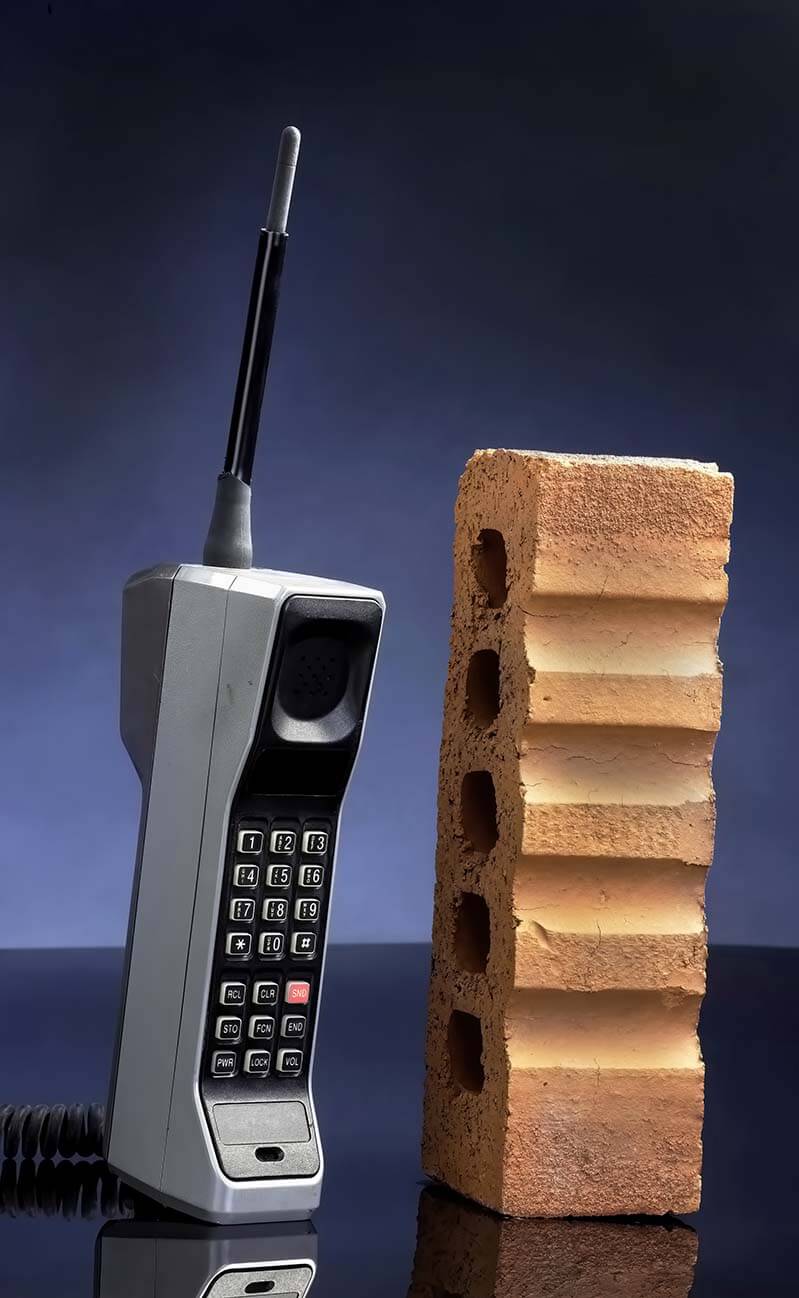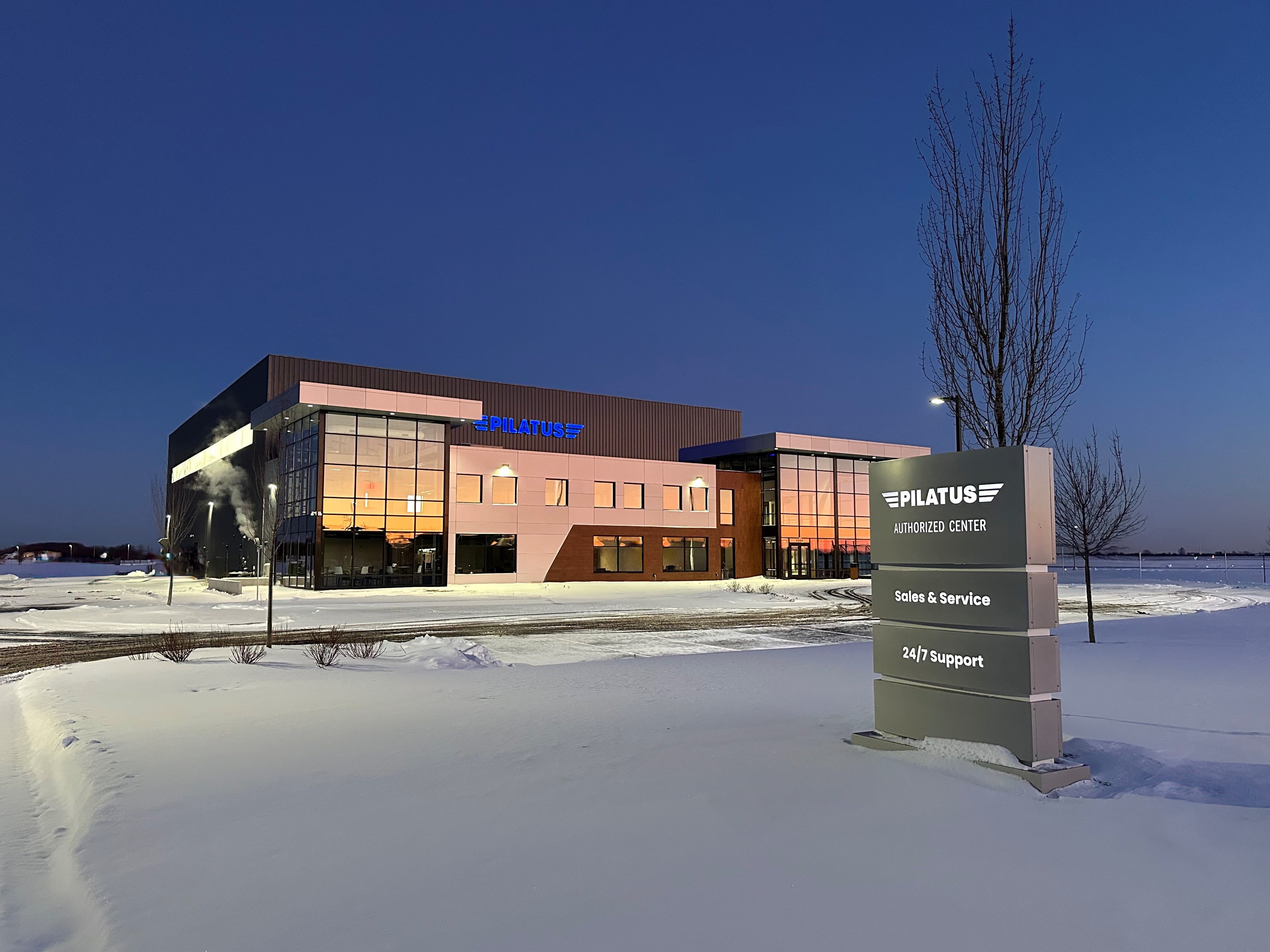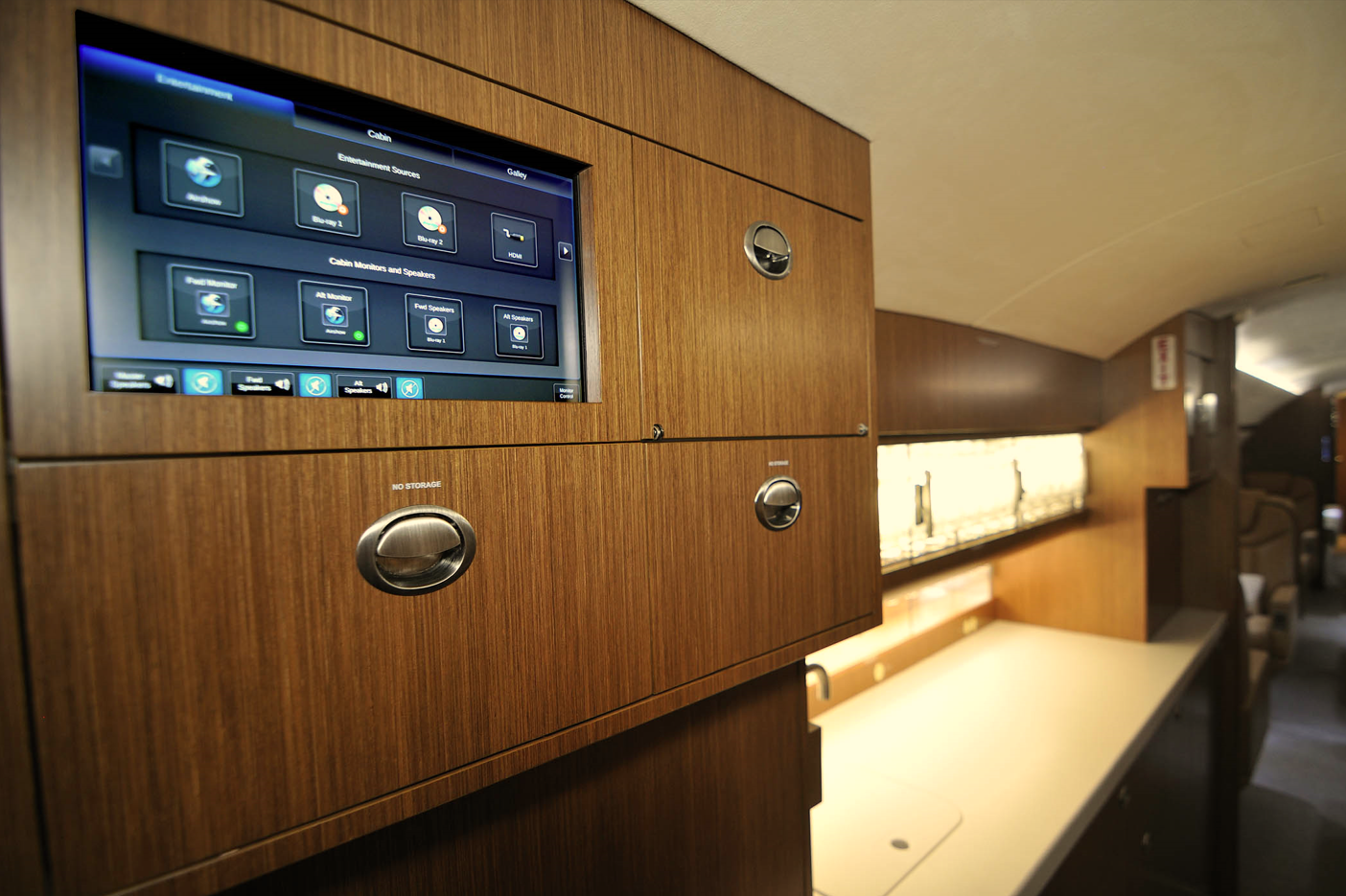Brick Phones and Business Jets

“We are stuck with technology when all we really want is just stuff that works.” Douglas Adams, author
It didn’t seem that long ago that everyone was rushing into the digital age. “Analog” was analogous with obsolete. “Digital” was used to describe anything that was new, exciting, and innovative. The cool stuff.
Truth be told, that assumption wasn’t always accurate. For example, although your oversized analog ‘brick’ phone worked perfectly fine it got tossed out, only because it was big and couldn’t do things like email or texting like the new digital phone. Even though it was probably better at being a portable phone than its pocket-sized replacement.
It was the same with avionics. The old-school, ‘coffee-grinder’ type radios and ‘steam gauge’ mechanical instruments worked perfectly fine. But, they lacked the added capabilities and cool-factor offered up by new digital EFIS glass displays.
Don’t get me wrong. I’m the last person to say that stepping up into the digital cockpit era wasn’t a leap forward – when you look at moving maps, 3D synthetic vision, and the like – digital avionics and cabin management systems can do things that just aren’t possible with analog display systems.
But, that doesn’t mean there’s been no downside to the digital revolution. I think we all got caught up in the hype and didn’t understand all of the repercussions brought on by the wholesale switch to glass.
You can’t fix technology…
In my opinion, the biggest ramification has been the resulting rapid rise in aircraft system obsolescence. Think about it for a minute: our avionics and CMS systems are all based on consumer electronics, and you know how fast that technology has changed over the past handful of years.
And therein lies the problem for aircraft owners. Believe it or not, there are Challenger 601s/604s, Falcon 2000s/900s, Learjets, and plenty of other “modern” business aircraft that are flying with what amount to obsolete avionics and electronics.
And by ‘obsolete,’ I mean you can’t fix them if they break, simply because the manufacturer doesn’t make the core components any longer. For example, just try finding a CRT (cathode ray tube) to replace a burned-out unit on your legacy EFIS 85 display. You can’t. Nobody has made them for years.
You can, however, find an avionics shop to repair a legacy mechanical ADI or HSI. There are thousands of them still in service, and their core components haven’t changed for years. Sure, no one is making the parts, but an experienced avionics technician can scavenge the parts they need from a seemingly limitless supply of “junk” instruments. A bit of a clean-up, and they’re nearly as good as new.
On the other hand, even if you can find a CRT on a shelf somewhere, it’s still old and probably not worth the time, effort, and cost to swap out for what you have.
Of course, it’s not only CRTs that are over the hill, the same can be said for all of those early-generation LCD displays. That particular kind of display technology went away with all the other pre-touchscreen-generation consumer products.
Nobody planned for this to happen.
And before you think this is some kind of Tom Clancy-like technology-based conspiracy, think again. Like I mentioned before, all of the display and supporting technologies found in our cockpit and cabin systems are rooted in the consumer electronics industry. And, forget Moore’s Law, those technologies advance in literal dog-years.
Aspen, Avidyne, Collins, Honeywell, and even Garmin, buy many of the parts they use to manufacture their components – albeit many of them are “custom made” – from the personal electronics powerhouses. The needs of the avionics industry are just too small to justify manufacturing the wide array of commodity components themselves. The cost-effective solution is to buy what they want in the quantities they need.
Quite often that means that the aircraft OEMs offer technologies in their cockpits that will continue to evolve as a particular model matures. So, an earlier serial number model may well have some different systems than the same model produced at the end of the run.
Or, that – and this happens quite often – by the time the last of a model comes off the line, the company manufacturing some display or microchip or whatever just doesn’t make that part any longer. There was enough stock to finish the run but after that…
The result is that it’s quite possible that a relatively new airplane, like a Falcon 2000 or a Lear 60, can have components, which are, in a word, obsolete. Sure, they’re going to work just fine and provide all of the capabilities that you wanted when you ordered the airplane. No question about that.
The problem is, in five or so years when the part needs replacing – you rarely bench-repair many digital components, and when you do, it’s very expensive – it may well be very hard to find new, off-the-shelf replacement components. And at what cost?
Of course, in many cases, you can buy a rebuilt unit. It’s certainly better than having a long-term AOG situation. But, what is said repaired component’s reliability?
So, what do you do now?
The good news is that the aircraft OEMs are pretty good at publishing what are called “sunset” notifications. They give owners a bit of a heads-up when available new or factory-repaired components are on hand to repair or replace a specific part number. If your airplane is more than a couple of years old, you’ve received them.
But, like many owners, you probably haven’t paid too much attention to what they say. But you should. They can be related to any part of your airplane – avionics, engines, airframe – they all get old.
Anyway, the bottom line is you need to take stock of the systems on your aircraft and start creating some kind of proactive plan so you’re at least somewhat prepared when the inevitable happens. The team at Pro Star Aviation has the depth of experience you need to help avoid lengthy AOG situations or massive hits to your budget.
We can work with you to plan your avionics or CMS upgrade well before you need it. We know what the options are and can help strategize the right course of action. And while it may seem silly to plan on spending a million or so upgrading your “nearly new” business jet soon, it’s a fraction of what you’ll spend replacing the entire airplane.
And, as an added bonus, in many situations, the upgraded systems will actually out-perform the capabilities of the avionics that are factory installed in brand new airplanes. But that’s another blog…



